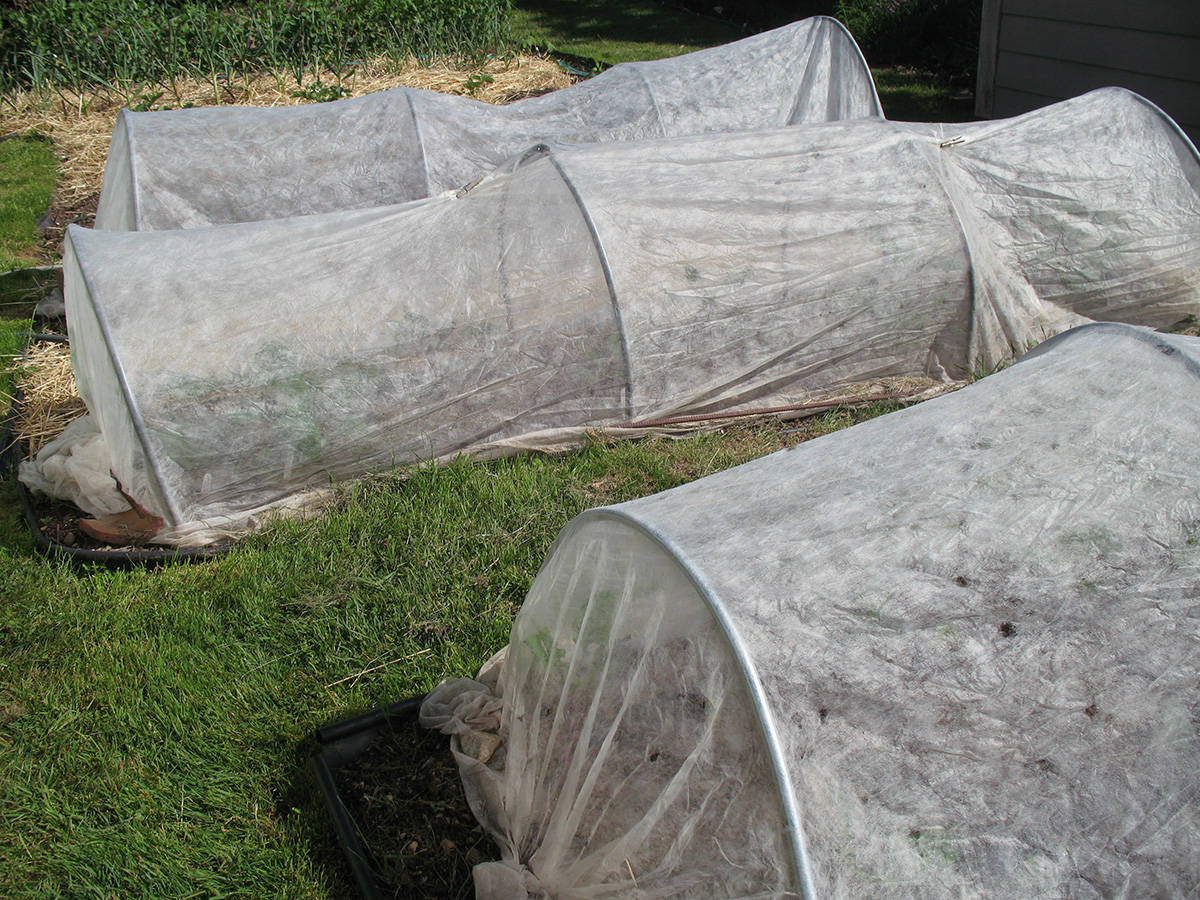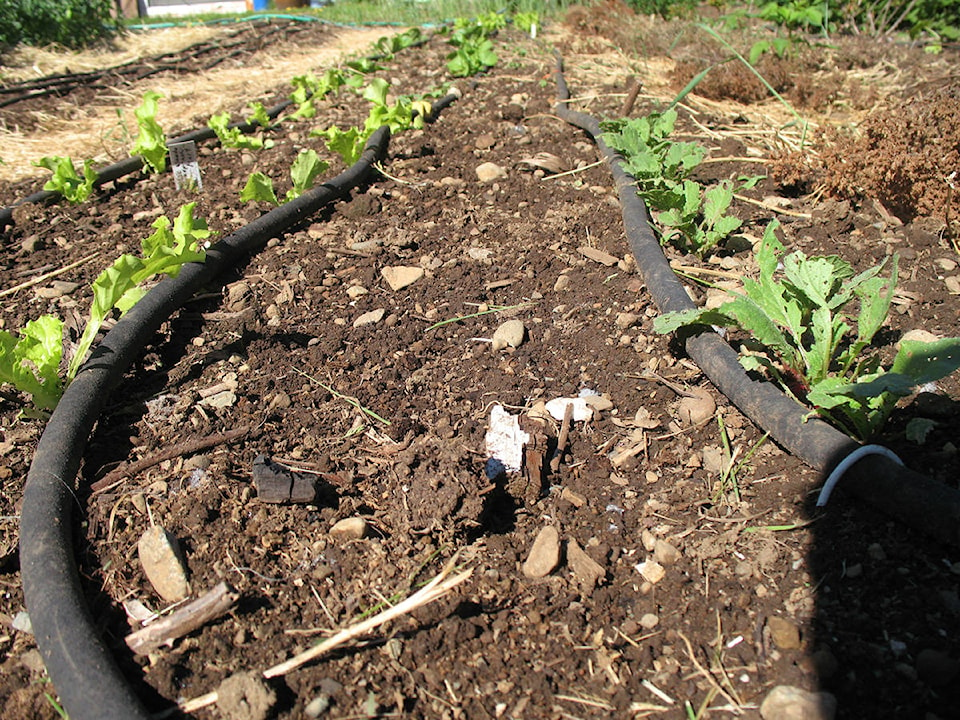By Mary Lowther
When he boarded the ark, Noah should have left the slugs and pill bugs behind with the unicorns. What was he thinking? I enjoyed a smug, complacent and dry April, confident I had a handle on the lettuce, radish and cucumber destroying predators, but the recent rain brought them forth to make me reconsider my prayers for an end to the drought. What was I thinking?
I understand why toxic pesticides were embraced with enthusiasm by my forebears. They did not realize just how dangerous these life-killing agents become as they work their way up the food chain and into our bodies. Now that we do, we must rediscover the old methods that ensure we can put food on the table, planning for crop loss by sowing every few weeks until the hot sun returns to send slugs crawling away to seek gardens watered with sprinklers rather than soaker hoses.
In terms of the food chain, it must be different from the gastropodal point of view. As the picture shows, my lettuce and radishes have been almost entirely consumed, while my asparagus, kale, chives and broccoli leaves have been completely ignored. Perhaps an outside circle of lettuce would serve as a barrier to protect other crops. Mind you, there have been years where even my kale got eaten to shreds by hungry slugs. David said they must have been starving, but I suspect he snuck out in darkness and force fed them.
But enough about slugs. I wouldn’t want my readers to decide I have a fixation. There are other evildoers to consider. Cabbage moths are easier to deal with because they fly in, looking for brassicas to lay their eggs on so hatchlings have an immediate food supply in our cabbage and cauliflower. Cabbage moths hang around regardless of the weather, refusing to get caught in butterfly nets or sit still long enough to be pulverised by flyswatters, but physical barriers keep them out. When I sow brassicas inside I cover the flats with pieces of Remay (spun cloth cover) until they’re big enough to transplant outdoors. Immediately after transplanting, I cover the whole bed with Remay, furtively watching over my shoulder for opportunist moths hoping to get stuck inside. I’ve found that, even though Remay is light enough to just drape over the plants, it’s easier to tend the bed throughout the season when I install hoops to suspend the cloth above the plants. I batten down the edges with lengths of rebar and hold down the ends with rocks or bricks.
Remay won’t keep out slugs and pill bugs though, because they crawl out of the soil. Once the sun heats up, however, if the only water in the garden comes from soaker hoses, half an hour twice a week, they migrate to gardens with less discriminating watering practices. For the uninitiated, I refer to sprinklers, often left on longer than needed. These are an open invitation to uninvited guests.
As for my own unwanted company, I plan to continue sowing every three weeks until the Garden Goddess hears my prayers or the thrice damned slugs can eat no more, whichever comes first. I’m sowing lettuce seeds in flats inside, repotting them as they outgrow the small flats, and plan to transplant them outside once the garden dries out. Radish seeds get sown directly into the soil outside. It’s a bit late to restart cucumbers but it’s worth a try, or maybe just buy a seedling or two for insurance.
I have often wondered about genetic modification. Why do we need to splice pork genes into tomatoes when they already taste great? Besides, how will I know if my BLT is kosher? I confess, however, that if some genius can modify slugs to eat only morning glory and Scotch broom I will personally nominate him, her, them or it for the Nobel prize!
Please contact mary_lowther@yahoo.ca with questions and suggestions since I need all the help I can get.

